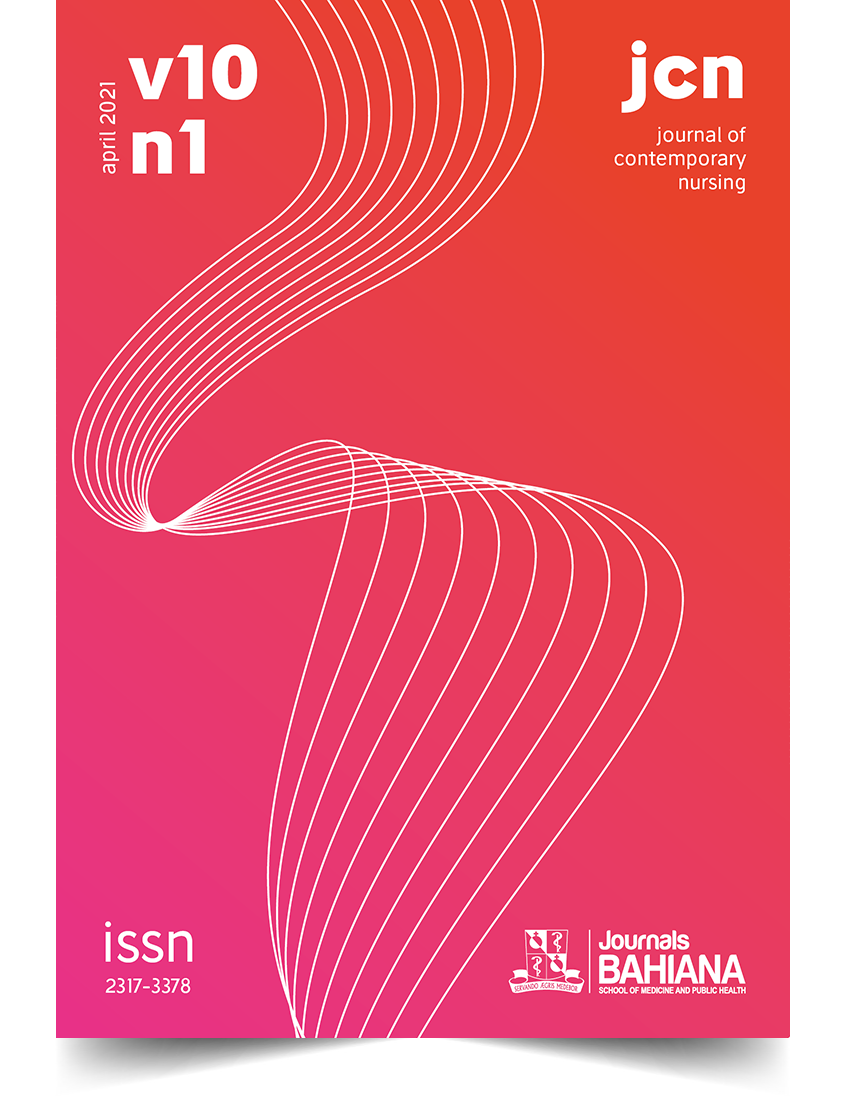Knowledge, attitude and practice of school teenagers in relation to the use of male condoms
DOI:
https://doi.org/10.17267/2317-3378rec.v10i1.3446Keywords:
Adolescent Health. Condoms. Health Knowledge. Attitudes and Practice. Sexual behavior.Abstract
OBJECTIVE: Evaluate the knowledge, attitudes, and practices of school adolescents concerning the male condom as a contraceptive method of the first choice for adolescents. METHODOLOGY: A study with a quantitative approach carried out with 143 adolescents from a state high school during October and November 2019. As a data collection instrument, the Knowledge, Attitude, and Practice (CAP) survey was applied to using the male condom. RESULTS: It was evidenced that 133 (93%) of the adolescents presented inadequate knowledge, 105 (73.4%) inadequate attitude and 130 (90.9%) inadequate practice regarding the use of the male condom. These outcomes are worrisome since sexual activity in adolescence is increasingly precocious, generating greater exposure to risks such as STI / HIV / AIDS and unwanted pregnancy, mainly when this practice is performed without use or with the inappropriate use of condoms. CONCLUSION: The weaknesses in the information obtained by the adolescents, reflected in their inadequate knowledge, followed by the inadequate attitude and practice regarding the use of the male condom. Thus, there is a need to enhance educational strategies to expand adolescents' knowledge about the use of male condoms, and consequently, develop a good practice of this contraceptive method.
Evaluate the knowledge, attitudes, and practices of school adolescents concerning the male condom as a contraceptive method of the first choice for adolescents. METHODOLOGY: A study with a quantitative approach carried out with 143 adolescents from a state high school during October and November 2019. As a data collection instrument, the Knowledge, Attitude, and Practice (CAP) survey was applied to using the male condom. RESULTS: It was evidenced that 133 (93%) of the adolescents presented inadequate knowledge, 105 (73.4%) inadequate attitude and 130 (90.9%) inadequate practice regarding the use of the male condom. These outcomes are worrisome since sexual activity in adolescence is increasingly precocious, generating greater exposure to risks such as STI / HIV / AIDS and unwanted pregnancy, mainly when this practice is performed without use or with the inappropriate use of condoms. CONCLUSION: The weaknesses in the information obtained by the adolescents, reflected in their inadequate knowledge, followed by the inadequate attitude and practice regarding the use of the male condom. Thus, there is a need to enhance educational strategies to expand adolescents' knowledge about the use of male condoms, and consequently, develop a good practice of this contraceptive method.


